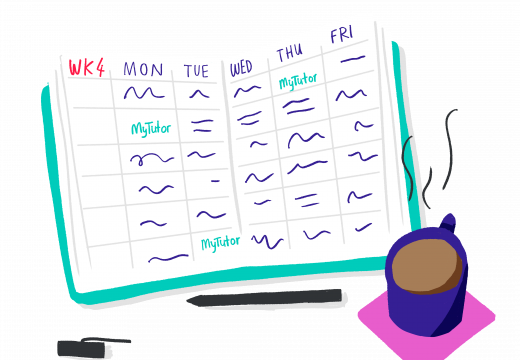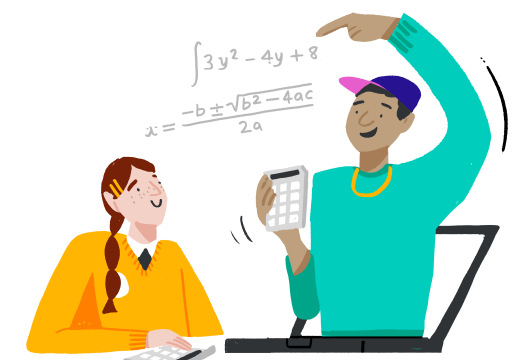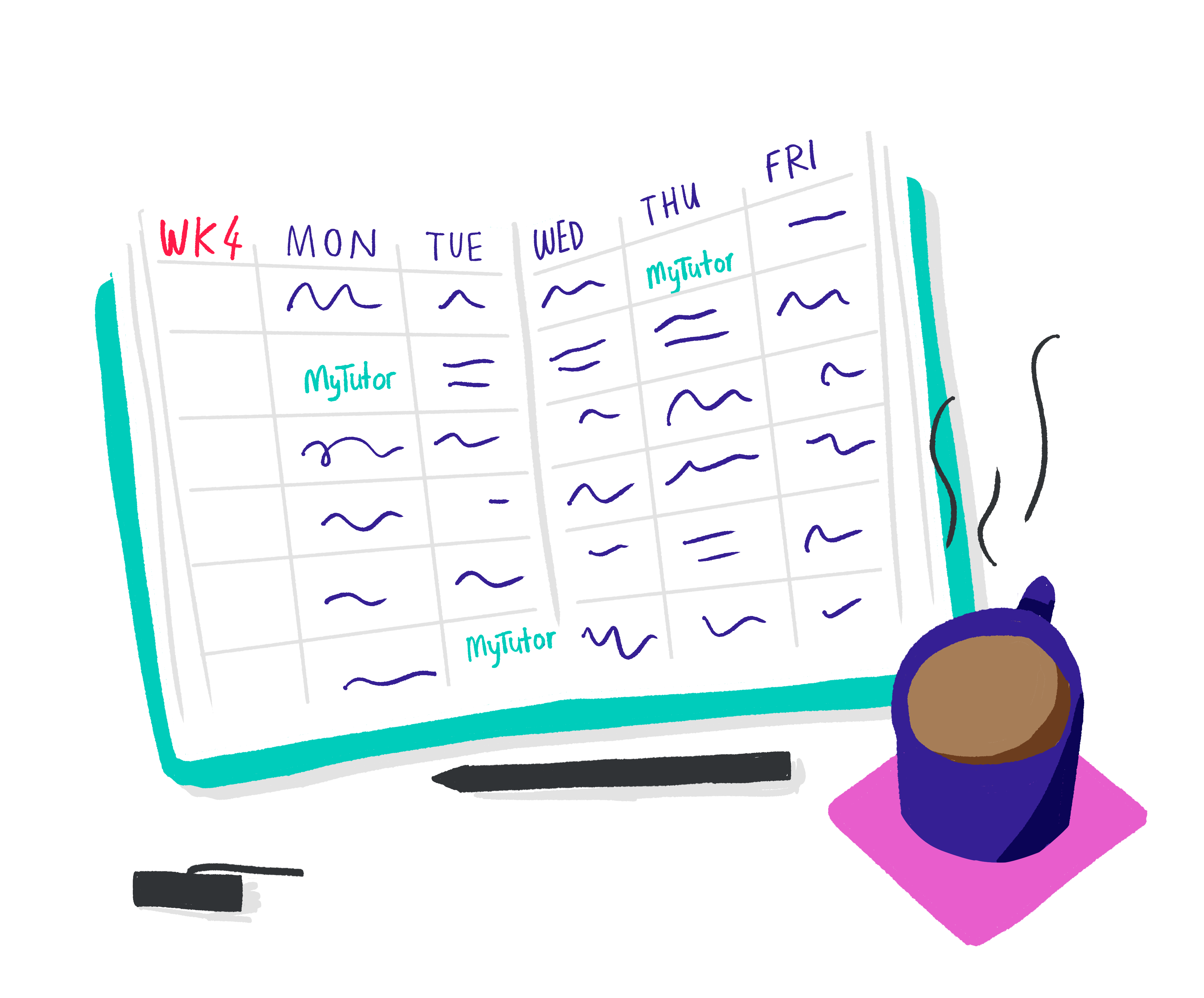This is a guest blog post written by Rachel Durban, a French and English tutor on MyTutor, for Dyslexia Awareness Month.
As tutors, hearing that a student is dyslexic can be scary. We all want to do our best for our pupils, and specific learning difficulties such as dyslexia bring with them difficulties that we can’t improve on in the same way as other academic challenges.
As a dyslexic languages student, I am very used to people’s disbelief that I can manage other writing systems. The idea of dyslexia as a barrier to academic success is so widespread that it can be hard to see past. In reality, however, there is no correlation between dyslexia and intelligence. By understanding what dyslexia is and by making our tutorials accessible, we can help dyslexic students to capitalise on their strengths, just as we would any other pupil.


What is dyslexia?
First, it’s crucial that we understand what dyslexia really is. Defined by the British Dyslexia Association as a ‘specific learning difference’, dyslexia affects how the brain processes information. This neurodivergence is not in itself a problem. In fact, there are many strengths thought to stem from dyslexic thinking. However, as neurodivergent learners try to fit into the mould of a ‘neurotypical’ world, their difficulties often become more apparent than their strengths.
Difficulties might include:
✏️ Linking sounds to their corresponding letter forms
✏️ Retention of information they’ve read or heard
But what does this really mean? It doesn’t mean that someone with dyslexia can’t read or write well, or that we can’t learn effectively. However, their spelling is more likely to be inconsistent, their reading may be slow, and they might find it hard to carry out a sequence of instructions. Thankfully, there are many ways to support your dyslexic students.
Building a relationship
The first step towards your student’s success is building a trusting student-tutor relationship. Your pupil needs to know that they can make mistakes in front of you without embarrassment, and their parent needs to know you’re not afraid of their child’s difficulties.
This relationship begins in the free meeting. Usually, a parent or student will bring up any additional learning difficulties without a prompt. It’s up to you to react to this in a calm, informed manner. An effective way to do this is to ask about specific adjustments, such as whether the student uses a coloured overlay when they’re reading – asking questions like this shows your understanding of the options available to dyslexic students. These specific questions also avoid asking things like ‘do you find spelling difficult’, which suggests an immediate negative judgement of the student’s potential.


Practical adjustments
Having been informed about a student’s dyslexia, there are many practical ways in which you can bring out their best work in your lessons. Creating accessible resources is a big step towards reducing their stress and emphasising their strengths.
You can try:
✏️ Using fonts which make letters seem less crowded. Sans serif fonts like Comic Sans and Calibri, or downloadable fonts designed for dyslexic readers can be helpful
✏️ Increasing font size to 12- or 14-point
✏️ Using 1.5 line spacing
✏️ Changing the whiteboard background colour from white
✏️ Simplifying page designs to remove distracting elements such as borders
✏️ Maintaining a consistent structure so that students can find their place easily
Crucially, however, it’s important not to present adjustments as the ‘easy option’. Students can easily feel ashamed of not being able to manage the ‘harder’ or ‘standard’ version of a resource. Some won’t fully understand what dyslexia is or that their symptoms can be alleviated a little via these adjustments. So it’s up to us to adjust proactively, and without implying that a student is isolated in needing this support.


Giving feedback
Confidence is a massive barrier to many dyslexic students. They might have heard a lot about poor spelling or handwriting at school, or felt isolated from peers who don’t have to combat the same difficulties. Naturally, we’ll often notice exactly these difficulties in tutorials. However, as one-on-one and small-group tutors, we have an opportunity to emphasise and feedback on dyslexic students’ strengths too.
These strengths might include:
✏️ Creativity
✏️ 3D thinking
✏️ Visualisation of concepts
✏️ Seeing the bigger picture
✏️ Drawing complex connections
As tutors, we always want to do the best we can for our students. We also have the privilege of working one-on-one or in small groups with students on subjects we love. Understanding of what dyslexia really is, and the measures we can take to draw our students’ capabilities out can mean the world. We cannot solve the difficulties caused by dyslexia, but we can give students the skills to emphasise their strengths and excel on their own terms.
As always, if you have any questions or feedback, we’d love to hear from you. You can reach us on tutors@mytutor.co.uk or 0203 773 6024.




